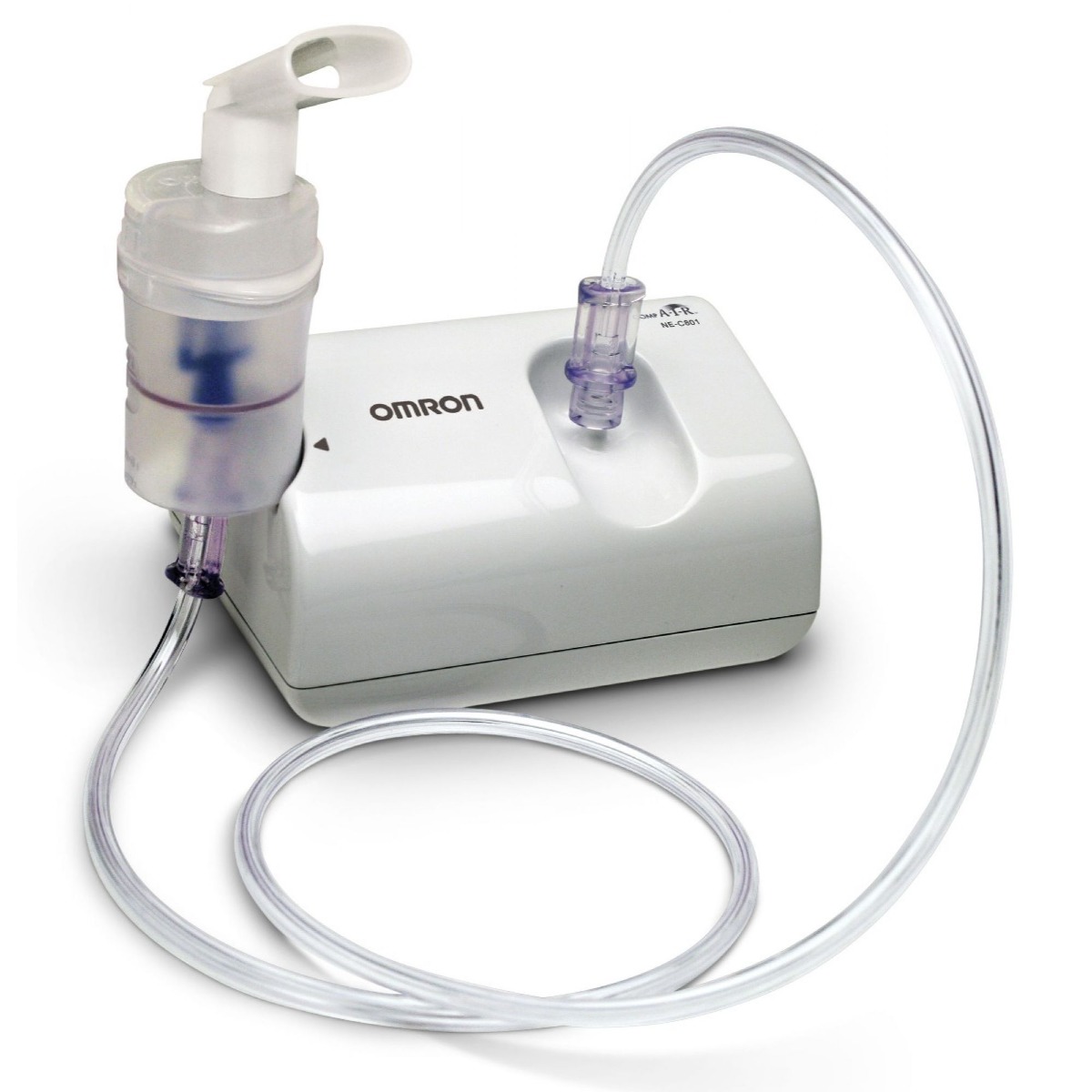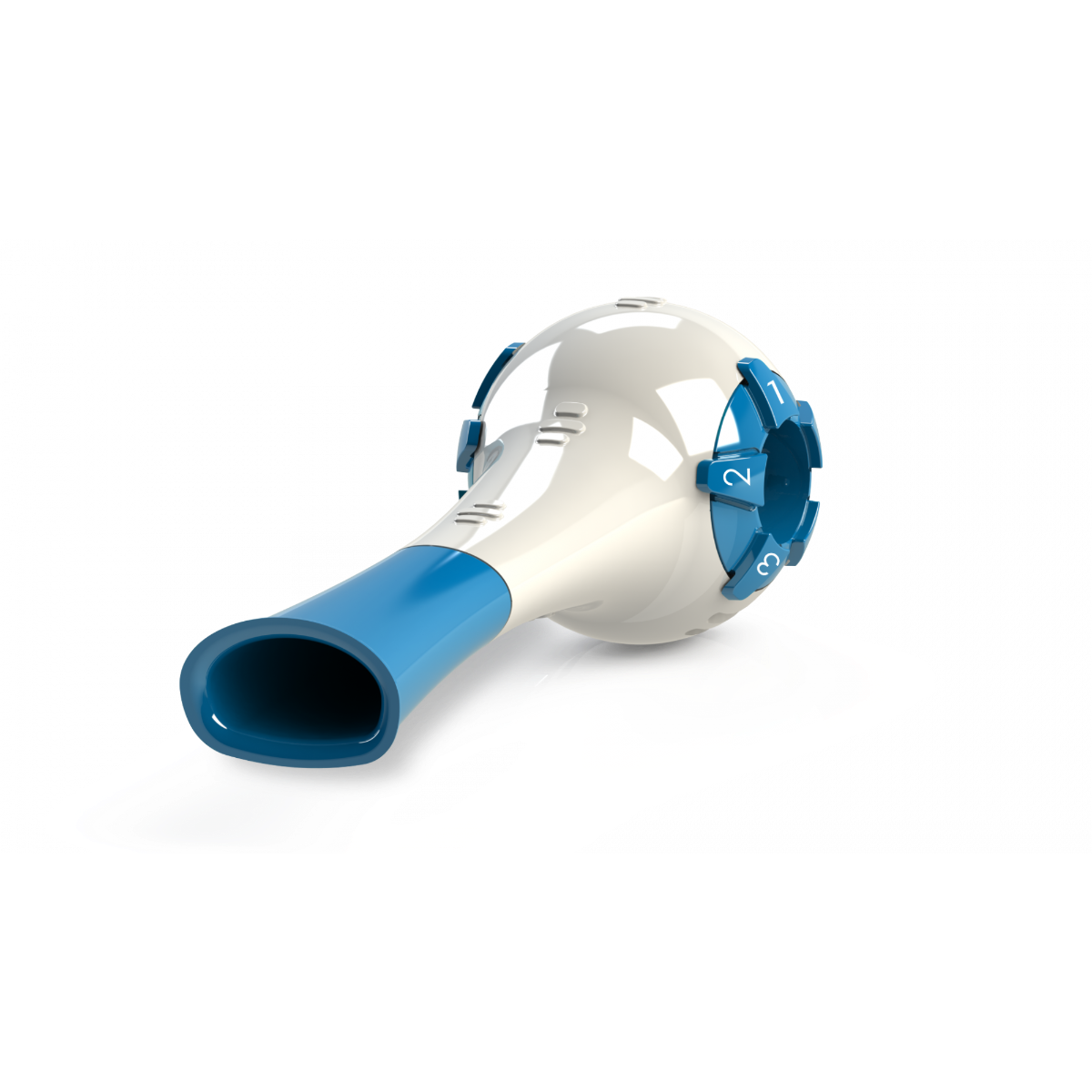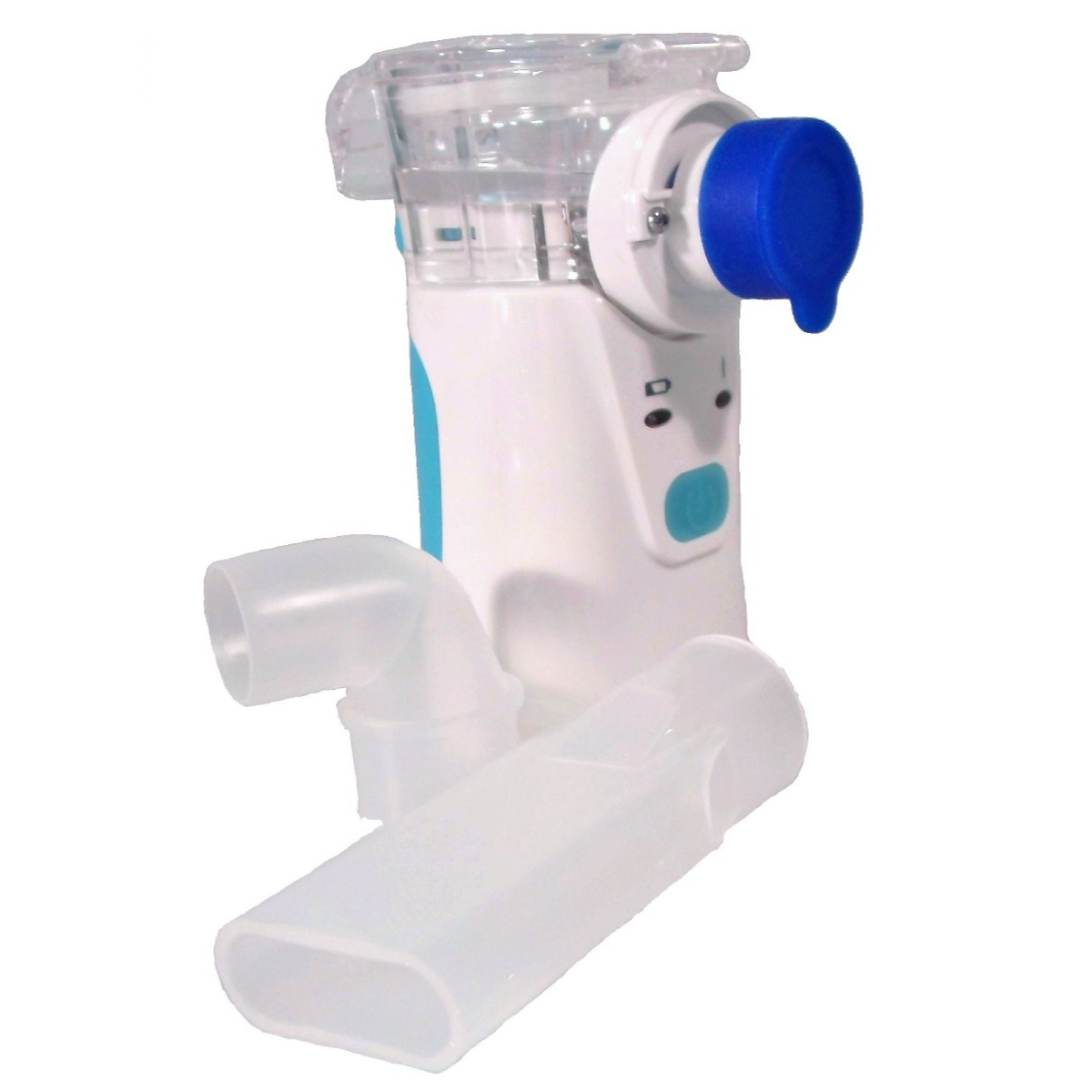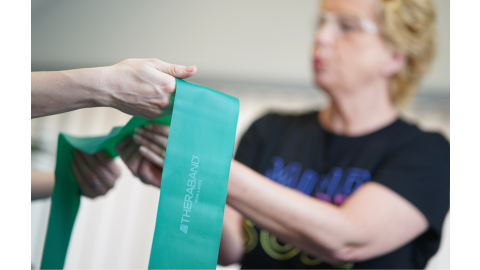What is Cystic Fibrosis (CF)?
Breathing Exercises to Increase Lung Capacity
5 Breathing Aids to Help Improve Lung Function
What is Cystic Fibrosis (CF)?
According to the Cystic Fibrosis Foundation, more than 30,000 people in the U.S. (more than 70,000 worldwide) are living with Cystic Fibrosis. Cystic Fibrosis (CF) is a progressive, genetic disease that causes persistent lung infections and limits the ability to breathe over time. Mucus in various organs,such as the lungs, sinuses, intestine, pancreas and reproductive organs, become thick and sticky, causing airways to clog. The blocked airways trap germs, making it easier for bacteria to grow and cause damage to the lungs. People with CF have a variety of symptoms including: persistent coughing, wheezing, shortness of breath, frequent lung infections (pneumonia or bronchitis), poor appetite, and stunted growth in children.
The type and severity of CF symptoms can differ widely from person to person. Each day, individuals with CF complete a combination of physiotherapies tailored to each unique circumstance. In addition to breathing exercises, we’ve come up with 5 helpful breathing aids for people with Cystic Fibrosis.
Breathing Exercises to Increase Lung Capacity
Breathing exercises can help ease the coughing associated with Cystic Fibrosis. CF patients who perform these exercises slow the rate of decline in lung function. ACBT (Active Cycle of Breathing Technique) combines different breathing techniques that help clear mucus from the lungs in three phases. These phases are: breathing control, chest expansion, and huffing or huff coughing. In addition to breathing exercises, try using a respiratory muscle trainer to help maintain and increase lung capacity.

Alternate Nostril Breathing
Alternate nose breathing is not only breathing practice for relaxation, but it is also known to improve cardiovascular function and lower heart rate.
Step 1: Seated in a comfortable position, lift your right hand toward your nose
Step 2: Pressing your first and middle fingers down toward your palm, make sure to leave your other fingers extended
Step 3: After an exhale, use your right thumb to gently close your right nostril
Step 4: Inhale through your left nostril and then close your left nostril with your right pinky and ring fingers
Step 5: Release your thumb and exhale through your right nostril
Step 6: Inhale through your right nostril and then close this nostril
Step 7: Release your fingers to open your left nostril and exhale through this side
Step 8: Continue this breathing pattern for up to 4-5 minutes
Diaphragmatic Breathing
Diaphragmatic breathing is done by contracting the diaphragm, an important muscle that helps you breathe.
Step 1: Relax your shoulders and sit back or lie down with a pillow tucked under your knees
Step 2: Place one hand on your belly and one on your chest
Step 3: Inhale through your nose for two seconds, feeling the air move into your abdomen and feeling your stomach move out
Step 4: Breathe out for two seconds through pursed lips while pressing on your abdomen
Step 5: Repeat for 5 - 10 minutes, from 1 - 4 times a day
To learn more about Active Cycle of Breathing Technique (ACBT), visit the Cystic Fibrosis Foundation.
5 Breathing Aids to Help Improve Lung Function
Patients with CF struggle with thick mucus, which acts like a magnet for bacteria and clogs passages in many of the body’s organs including the lungs. To improve clearance of mucus, it’s important to implement a variety of breath strengthening aids in daily physiotherapy. Nebulizers are medical devices that turn liquid medications (Pulmozyme, Bronchodilators, Hypertonic Saline, and TOBI) into a mist, making it easier to inhale and break down mucus. CF patients with a nebulizer should perform respiratory treatments in separate rooms to avoid spreading germs to each other. Watch the video provided below to learn how to properly use a nebulizer at home.
Respiratory therapists also recommend the use of positioning wedges for postural drainage. The wedge helps position the chest lower than the hips, moving mucus into the central airway to drain. Vibrating oscillators and percussors, used in chest physical therapy, can also help shake mucus from the lungs.
|
|
|
|
|
|
|
|
|
|
Living with Cystic Fibrosis
While there is no cure for CF, breathing exercises and aggressive chest therapy can help ease symptoms and reduce complications. For caregivers, close monitoring and repeated physiotherapy is recommended to slow the progression of CF, which can lead to a longer life. For at-home CF treatment, breathing aids can help prevent and control persistent infections that occur in the lungs. Learn to manage and develop good lung function using any of the helpful products listed above!
References
Whitworth, Gerhard. (2017). How to Increase Lung Capacity: Breathing Exercises. Healthline. Retrieved from https://bit.ly/3b4sql5
Anonymous. (2020). Chest Physical Therapy. Cystic Fibrosis Foundation. Retrieved from https://on.cff.org/2W30XMo
Anonymous. (2020). Nebulizer Care at Home. Cystic Fibrosis Foundation. Retrieved from https://on.cff.org/2YvV2B2
Medical Disclaimer: The information provided on this site, including text, graphics, images and other material, are for informational purposes only and are not intended to substitute for professional medical advice, diagnosis or treatment. Always seek the advice of your physician or other healthcare professional with any questions or concerns you may have regarding your condition.








 France
France Australia
Australia










